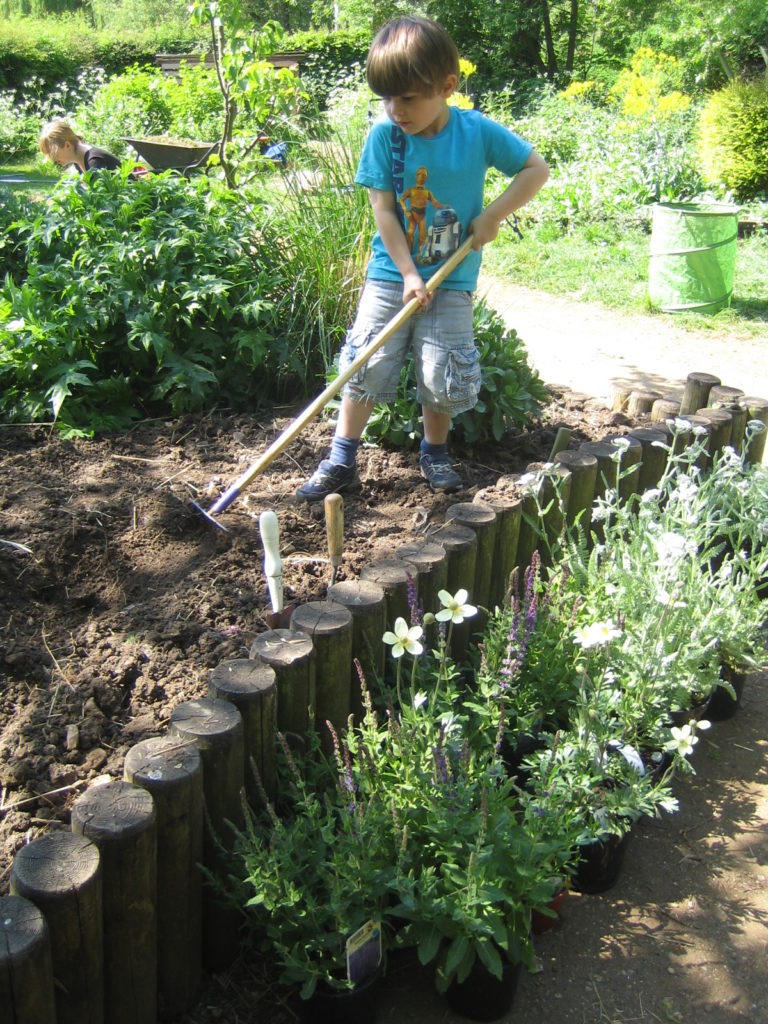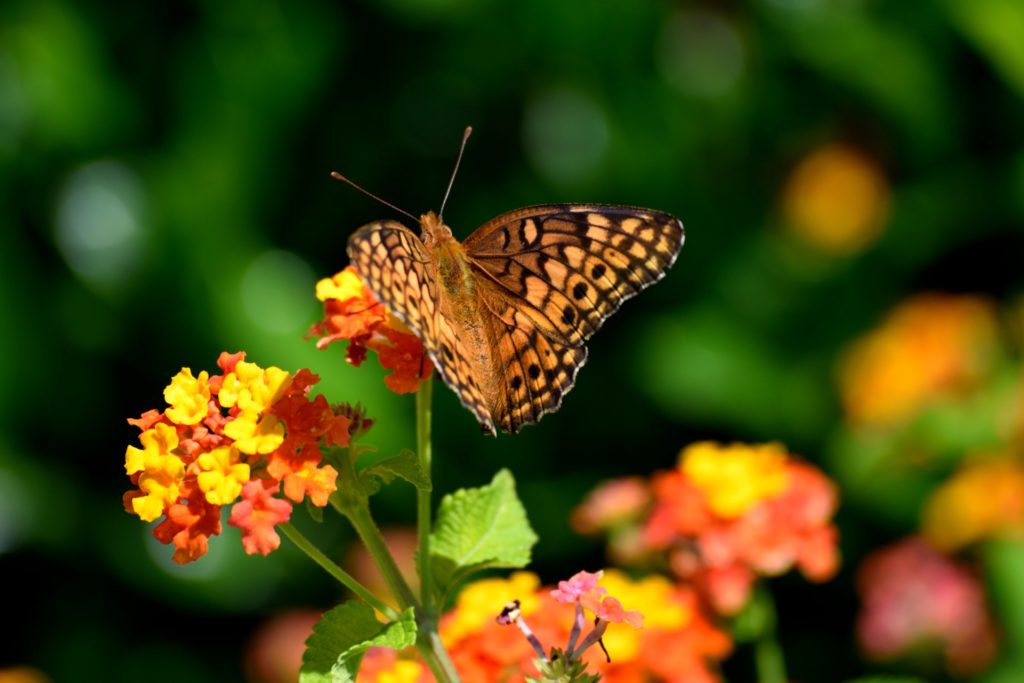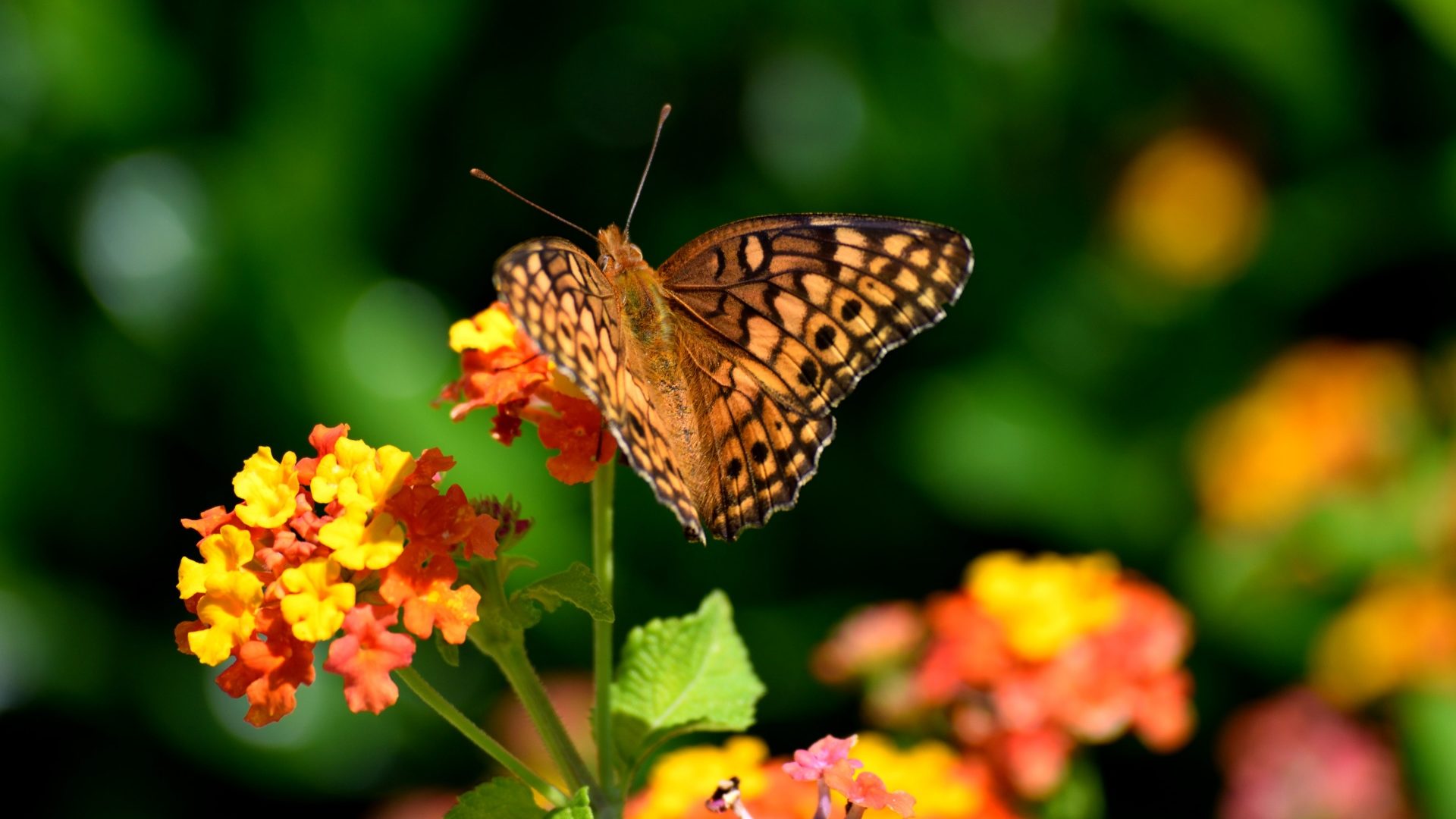
Who are gardens really for?
When I got a job as an assistant designer many years ago, I went to a meeting with a new client, accompanied by a more experienced colleague. The garden was in an expensive suburb in West London. The client waved his hands towards the corner of the plot (which was not large) and declared: “I want a rockery over there, with a waterfall running down into a pond.” There was a pause, and then to my amazement, my colleague said, in a considered but conversational tone, “I always think that a rockery looks like a dog’s grave in a small garden”. Needless to say, our proposals did not include a rockery and waterfall. But should they have?
Why did you become a garden designer? To help realise people’s dreams? Or because you wanted to design the sort of gardens you like? Are we here to give our clients what they want, or what we want them to have? Who do we actually make gardens for? Of course, in reality most clients do not know (exactly) what they want. If they did, perhaps they wouldn’t need to employ us. Furthermore, we can open their eyes to all sorts of possibilities that they not only hadn’t thought of, but couldn’t conceive. If we do our jobs right, that is why they employ us.
But don’t tell me that you haven’t been in the position where a client insists on something that you think is really awful. You can’t think of a strong design reason not to do it, but you just think it will look bad. I have, in the past, said exactly that to clients, but there are also times when I have held my ‘design nose’ as well as my tongue and just got on with it, saying to myself that after all, it is their garden.
And in the end, surely that is the point. There is a balance, of course, and sometimes you just have to walk away (“I couldn’t possibly put my name to this – what would people think?!”). Every client, every brief is different. Come to that, every site is different as well, so it is beyond me how any designer’s work could become so recognisable as to be almost formulaic. If we just trot out versions of the same design solutions over and again, whose desire are we satisfying?
Stepping back further, I would posit that gardens are not for us or our clients. We are merely facilitators, and they custodians. Research by Dr Ken Thompson (and similar research by the RSPB) has shown that gardens are a far richer environment for wildlife than farmland. There is more biodiversity in gardens, particularly in the planted areas, than any other manmade environment. With many of our native species of birds, mammals, insects and other invertebrates under threat, perhaps we would do well to consider ‘what’ rather than ‘who’ gardens are really for.
Humans also benefit from exposure to a ‘natural’ environment, with multiple proven physiological and mental benefits from time spent in plantrich spaces. So is the answer to the question that gardens are really for plants? This may seem like a radical thought. ‘Nature’ is often conceived as something ‘other’ from us humans, apart from the manmade world. But the natural world is the world, and what is unnatural is thinking that we are somehow not part of it.

Once we realise this, far from excluding us from the process, it actually puts us and our clients at the centre of it. What’s more, these are not mutually exclusive ideas. It is perfectly possible to produce a well-designed project (ie a fulfilling one to design) that balances client need and the wider environment. Indeed, one could argue that is not a bad definition for a well-designed project, or, at least, a good starting point.
[This piece was originally published as an article in the Garden Design Journal in August 2019 as part of the ‘Just Saying’ series]

